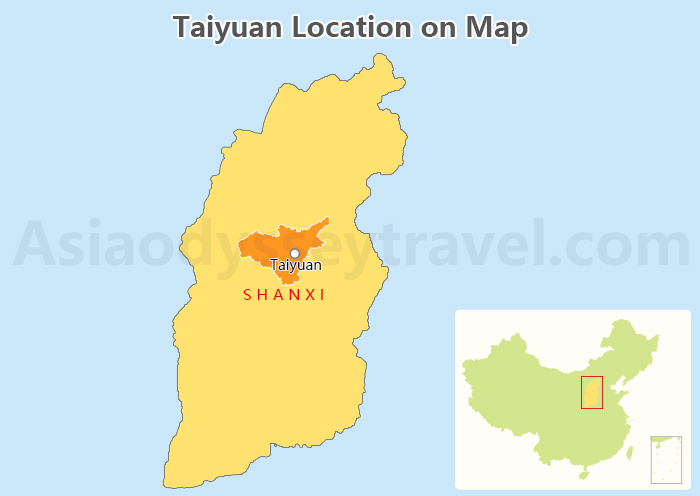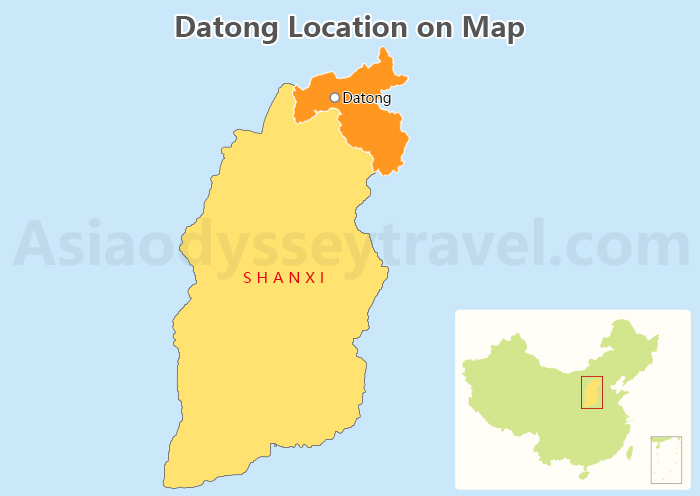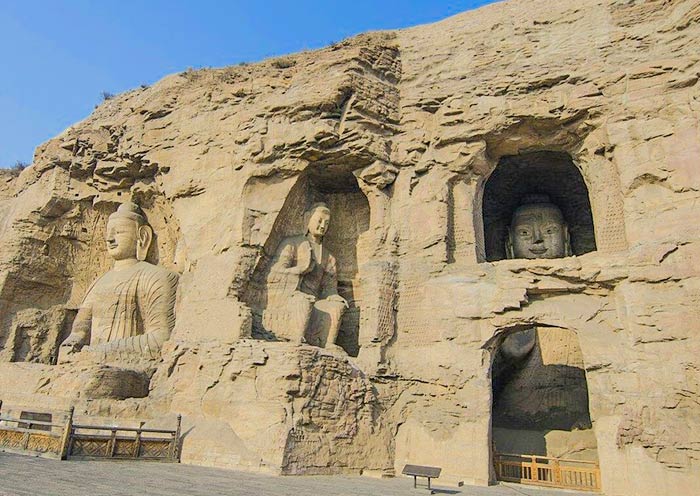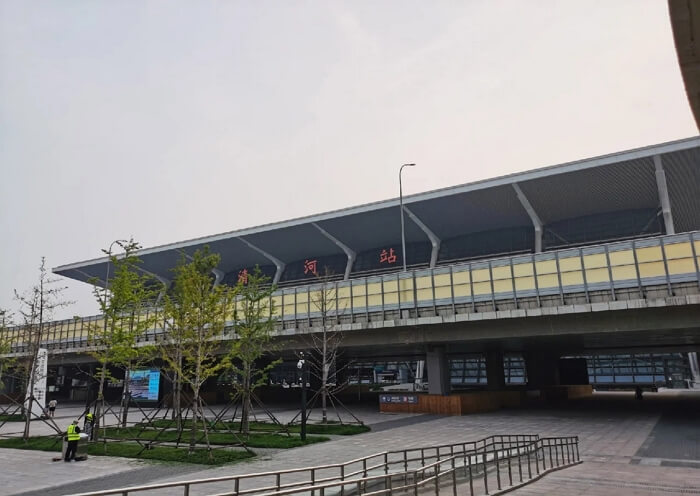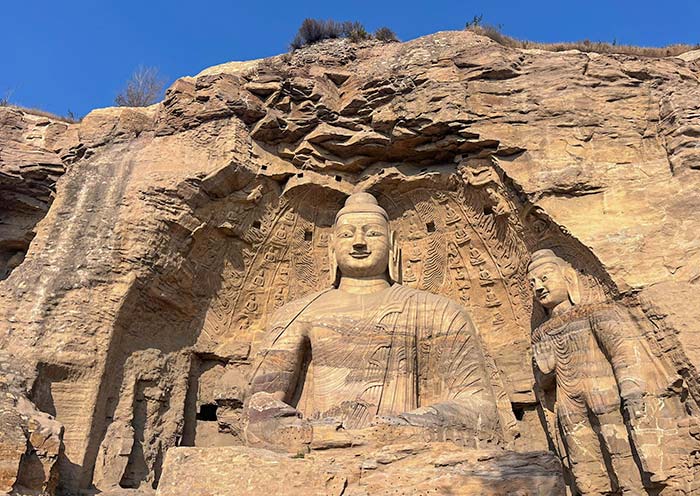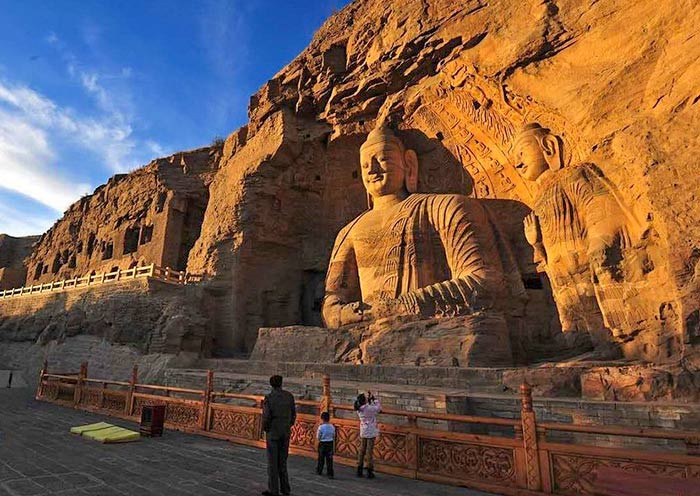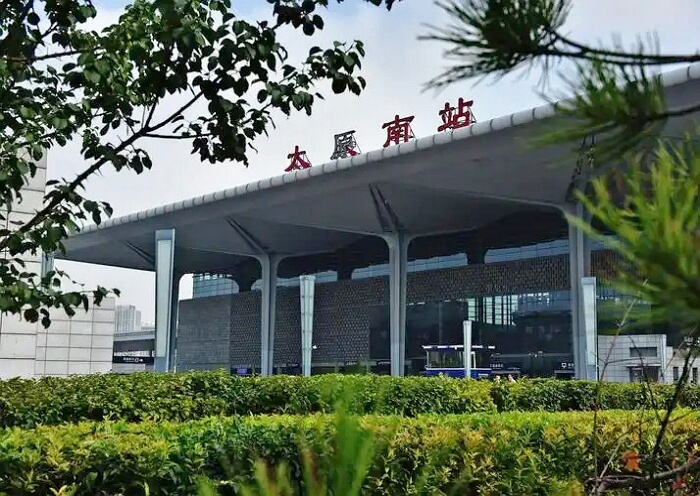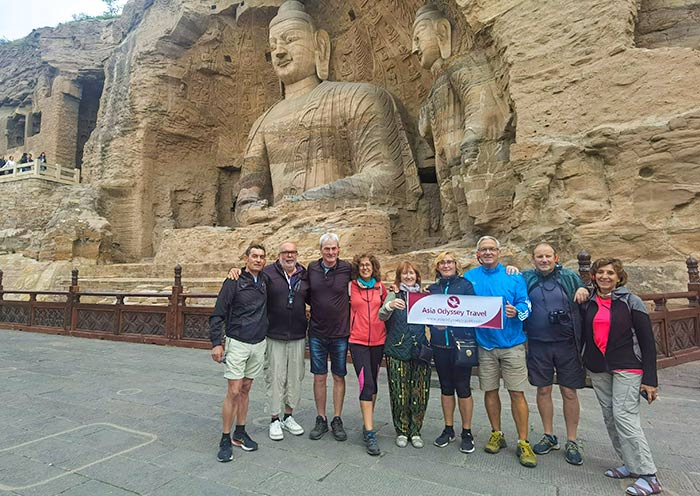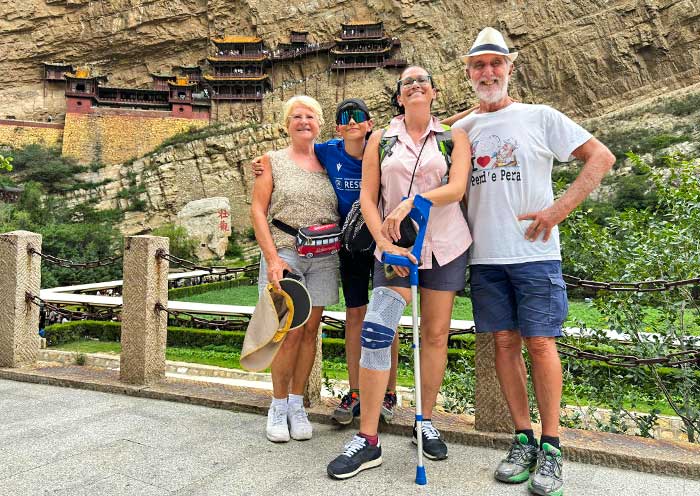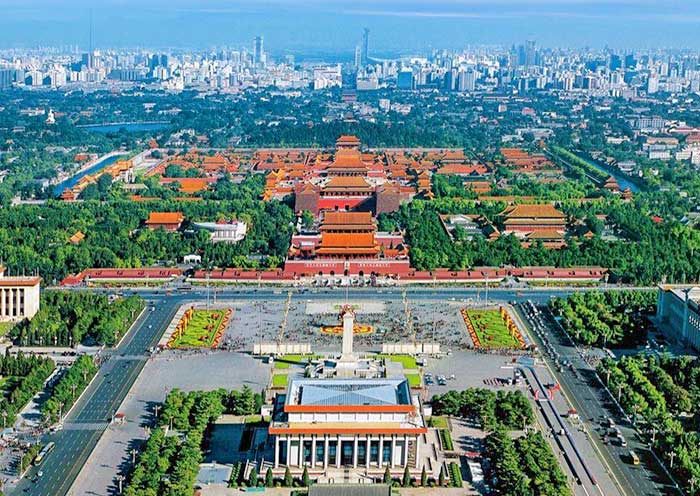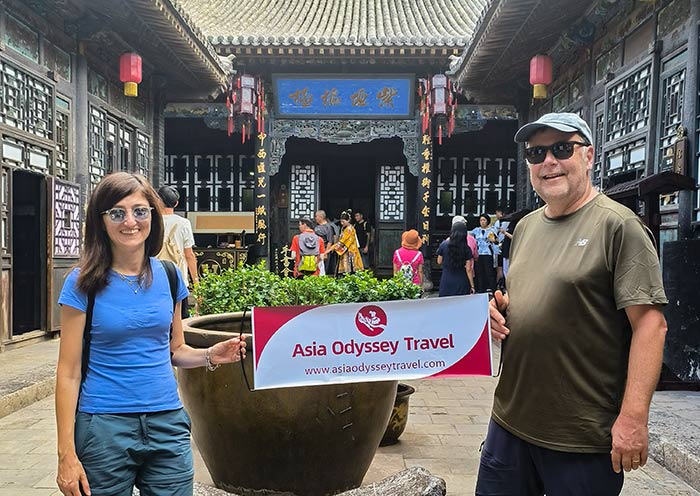Datong Hanging Temple Facts
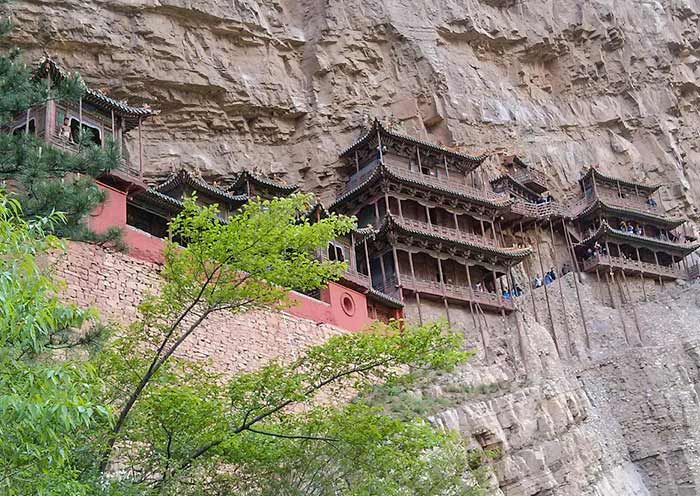
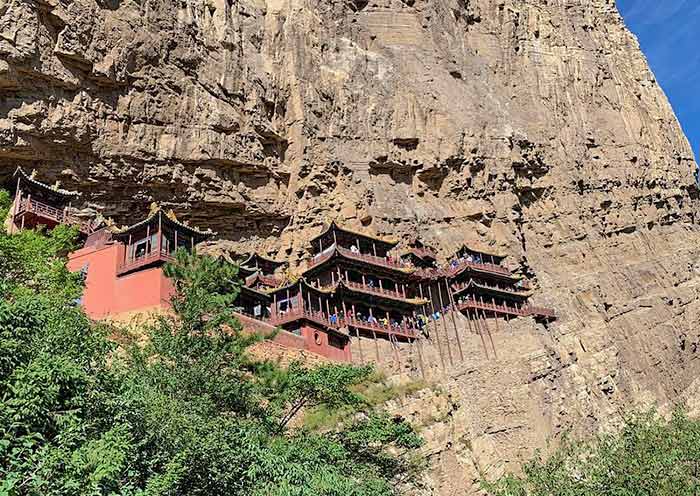
Address: Foot of Hengshan Mountain, southeastern suburb, Hunyuan County, Datong City, Shanxi Province
Opening Hours:
7:30 AM to 6:30 PM (March 1st to October 31st)
8:30 AM to 5:00 PM (November 1st to February 28th)
Ticket Price: Entrance fee 15 yuan/Climbing Hanging Temple 100 yuan
Best Time to Visit: March to June and September to November.
Suggested Visiting Time: 2 hours
History of Hanging Temple: Who Built the Hanging Temple Datong?
A taoist priest named Kou Qianzhi of the Northern Wei Dynasty, before his death, left behind a dying wish - build a pavilion that can isolate from the mundane affairs of the world but can also entertain the gods. To fulfill their master's wish, his disciples sought locations far and wide and finally chose a concave spot on the Hengshan Cliff.
For travelers, this could be understood as a religious version of "Do Not Disturb".
Why Can the Hanging Temple Cling to Crag of Hengshan?
Looking up at the Hanging Monastery Datong, visitors will notice dozens of wooden pillars as thick as soccer balls supporting the temple below. However, these pillars do not bear the weight of the Hanging Temple. The real secret to the temple's stability against wind, rain, and earthquakes lies in the 27 horizontal beams embedded in the cliff face. These beams are made of durable local iron pine wood and have been treated to prevent decay.
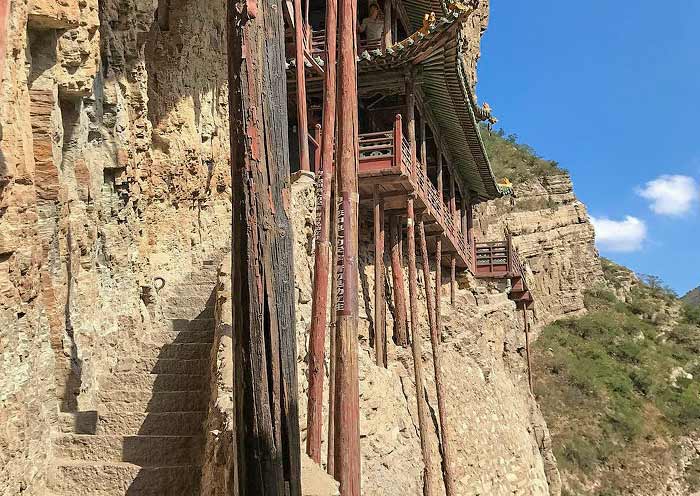
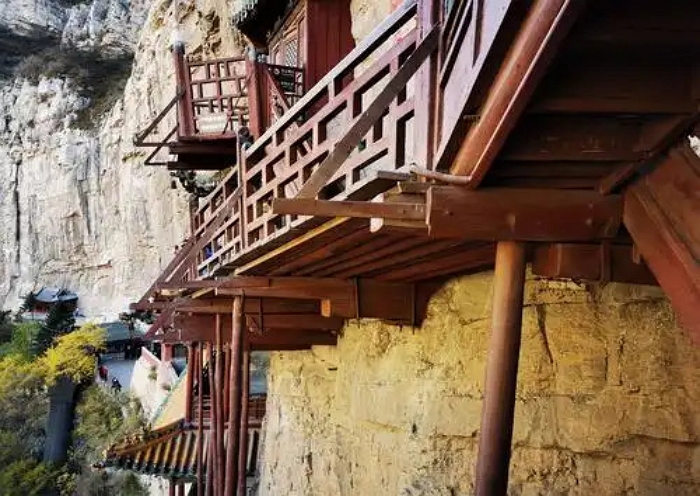
Craftsmen carved out outward-small and inward-large holes in the concave part of the cliff, inserted wedges, and then tightly pressed the 27 horizontal beams into the stone holes like a perfect jigsaw puzzle. This is the fascinating engineering of the Hanging Temple, capable of withstanding earthquakes. The temple's unique design is further enhanced by the overhanging cliff above, which acts as a natural roof, protecting the temple from the rain and sunlight.
What to See in Hanging Monastery Datong
Hanging Temple for 3 Chinese Religions (Confucianism, Taoism, and Buddhism)
Religious or not, it's generally understood that temples are dedicated to a specific religion. Yet, the Datong Hanging Temple defies convention by embracing multiple faiths. Constructed during the Northern Wei Dynasty, a period marked by religious tolerance, the temple blends elements of Buddhism, Taoism, and Confucianism. Walking through the Hanging Temple, you can see statues of the Buddha, Confucius, and Laozi enshrined together.
Its architecture, influenced by Taoist concepts of harmony with nature and Buddhist ideals of detachment, creates a serene atmosphere. Many Confucian poets, including Li Bai, have described the temple as "magnificent."
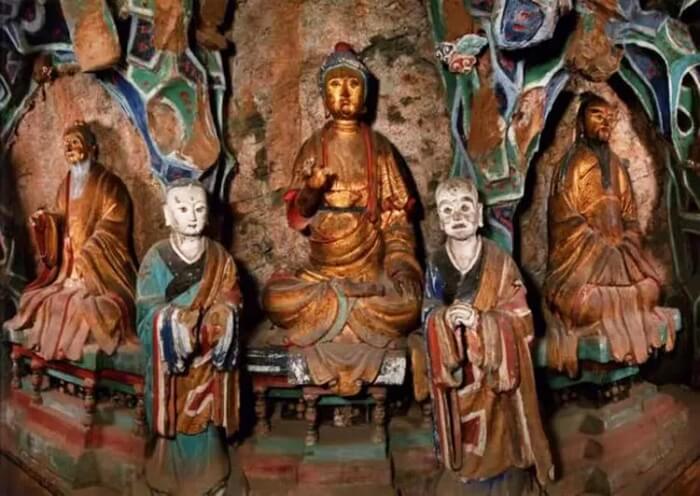
South Tower - Visit the Taoist Deities and Buddhist Bodhisattvas
The south tower, which is 7 meters long and 4 meters wide, is the one on the left side of the two flying towers. It is three stories high. The first floor is the Pure Yang Palace, where you can visit Lü Dongbin, one of the Eight Immortals of Taoism. The second floor is the largest hall in the Hanging Temple, called the Three Official Hall. It is dedicated to the three celestial deities of Taoism: the Heavenly Official who bestows blessings, the Earthly Official who pardons sins, and the Water Official who eliminates disasters. The third floor is dedicated to the Buddha Shakyamuni, Manjusri, and Samantabhadra. Here, you can experience the wonder of a religious world where Taoism and Buddhism share a floor.
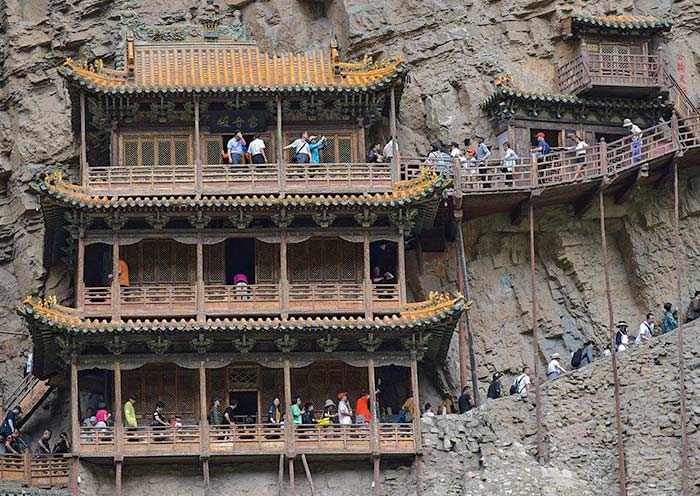
North Tower - Explore the Hall of the Unity of Three Religions
To the right of the south tower is the north tower, which is 6 meters long and 4 meters wide. It is also three stories high. The lowest floor, the Four Buddhas Hall, houses the Four Heavenly Buddhas. The middle floor, the Three Saints Hall, is dedicated to Guanyin, Manjusri, and Samantabhadra. The top floor, the Hall of the Three Teachings, is the highlight of the Hanging Temple. Inside, it houses the founders of the three religions: in the middle is the founder of Buddhism, Shakyamuni; on the left is the founder of Confucianism, Confucius; and on the right is the founder of Taoism, Laozi.
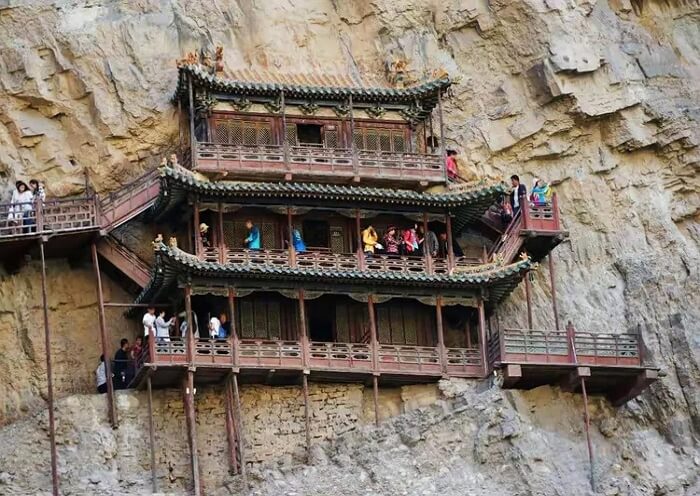
Thrilling Climbing Experience of Hanging Temple China
Beyond the indoor sights, the Hanging Temple's visually striking, unique location is another fascinating aspect for visitors. For those who aren't afraid of heights, it's recommended to walk on the temple to experience its thrilling perspective.
On the other hand, opportunities to climb such a temple built into a cliff face are rare, and there's a chance that it may be closed to the public someday.
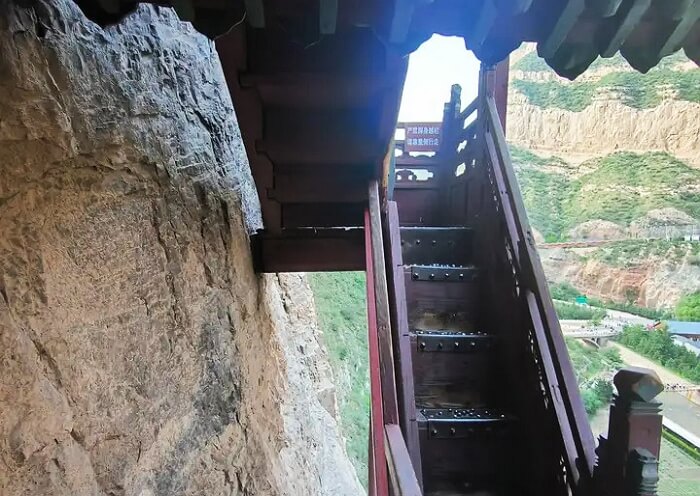
Climb the Hanging Monastery China Up
Datong Hanging Temple's unique architecture is characterized by its terraced design, with a courtyard on the left and two towers on the right. Despite its compact size of just 152.5 square meters, the temple houses 40 rooms and includes all the necessary halls. It's called "one courtyard, two towers" layout, combined with the suspended walkway, offers visitors a truly unforgettable experience.
Climbing Route: Mountain Gate - Buddha Hall Courtyard (佛堂院)– North Tower (北楼)– South Tower (南楼)
After purchasing your ticket, you'll first cross the small, swaying suspension bridge in front of you. Follow the corridor on the right side of the riverbank towards the Hanging Temple. As you walk, you'll be able to see the Hanging Temple on the distant cliff.
Then, follow the crowd into the mountain gate, which is built right against the cliff. Not far from the mountain gate is the Buddha Hall Courtyard, a concave courtyard, which is the most spacious area of the entire temple. In the center of the courtyard is the Great Hero Hall. There is a rectangular open-air area in front of the hall.
There are side halls on the north and south sides. Climb up the south side to visit the Kalaran Hall and the Send-Son Guanyin Hall. After coming down, climb up the north side to visit the Ksitigarbha Bodhisattva Hall and the Thousand-Armed Guanyin Hall. If you look closely at the cliff wall, you will see traces of inward excavation. The protruding part of the stone cliff above your head is like an umbrella, perfectly shading the temple.
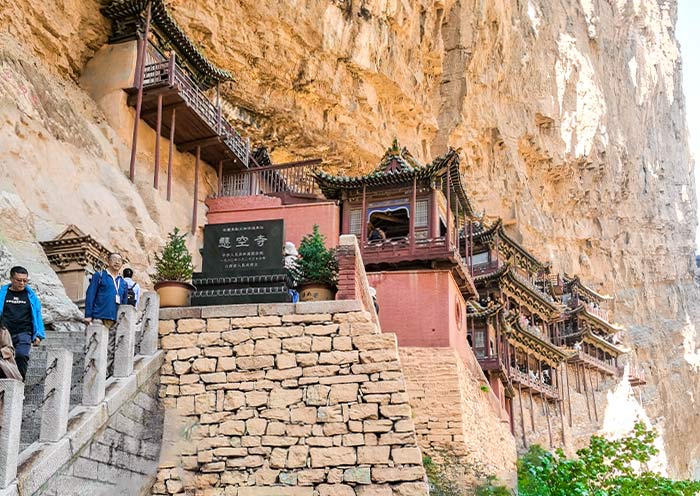
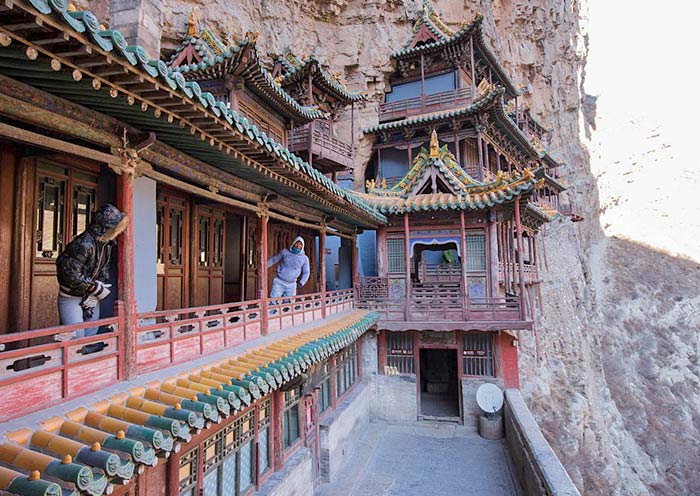
From the north side, you can see a square gate. Climb up the tall and steep steps along the gate to reach the north tower. After browsing the three floors of the north tower, cross the suspended walkway to the south tower. After browsing the three floors of the south tower, go to the exit. After exiting, you can visit the surrounding scenery.
How to Reach Hanging Temple from Datong
Get From Datong to Hanging Temple
Take Bus from Datong to Hanging Temple
Depart from Hunyuan Bus Station: To get to the Hanging Temple from downtown Datong, take bus 901-1. The fare is 10 yuan, and the journey takes about 1.5 hours. Get off at Hunyuan Bus Station, located on the 203 Provincial Road in Hunyuan County, Datong City, Shanxi Province. The Hanging Temple is only about 4 kilometers away from Hunyuan Bus Station. From there, take a bus to the Hanging Temple for 8 yuan. The journey is only a few minutes.
Depart from Datong Ancient City: There are also direct buses from Datong Ancient City to the Hanging Temple, taking about 73 kilometers. The fare is 25 yuan per person, and the journey takes about 1.5 hours. The earliest departure time is 7:30 AM, and the latest return time is 5:00 PM.
Take Private Car Transfer from Datong to Hanging Temple
Traveling from anywhere within Datong city to the bus station or the departure point at the foot of the ancient city is both time-consuming and physically tiring. You can choose to hire a private driver to take you directly to the Hanging Temple. Asia Odyssey Travel offers such a service. A private car will pick you up directly from anywhere in Datong, and the journey takes about 1.5 hours.
Best Seasons for Hanging Monastery Datong
Best seasons for Datong Hanging Temple tied to Spring (March to June) and Fall (September to November).
In the spring, the Hanging Temple enjoys a mild climate (around 15 degrees). Below the temple, the peach blossoms are pink and the apricot blossoms are white, forming a beautiful contrast with the deep red of the temple. This makes it an excellent spot for travelers to take photos. Similarly, the autumn climate at the Hanging Temple is also comfortable, with the tourists' photo companions changing from peach and apricot blossoms to red leaves. During spring and autumn, the scenic area is not overly crowded, and even though the Hanging Temple limits the number of daily visitors, tourists don't need to rush.
Plan Your Hanging Temple Datong Trip with Asia Odyssey Travel
Visitors can allocate half a day to explore the Hanging Temple. Before visiting the Hanging Temple, they can spend two days doing fun things in Datong, such as visiting the Yungang Grottoes, a World Heritage Site. Then, they can admire the Ming Dynasty Nine Dragon Wall in Datong city, which is the earliest and largest colorful glazed wall in China. Following that, they can explore the wooden architecture, colored sculptures, and murals in Huayan Temple. They can also appreciate the Yingxian Wooden Pagoda, the tallest and oldest wooden pagoda in the world.
Besides Datong, Shanxi has other worthwhile attractions. A six-day Shanxi tour is recommended. After visiting Datong, you can travel to Mount Wutai, one of China's four sacred Buddhist mountains, to experience the charm of Buddhist pilgrimage. Then, you can visit Pingyao Ancient City, exploring its ancient city wall, Rishengchang Exchange, Ming and Qing Dynasty streets, and City God Temple. There are also important folk attractions around Pingyao Ancient City, such as Zhangbi Ancient Castle, known as the "Number One Astronomical Village in the World," and Wang's Family Compound, known as the "Folk Forbidden City."
Recommended 6 Days Shanxi Datong Mount Wutai Pingyao Tour:
Day 1: Datong Yungang Grottoes – Nine Dragon Screen Wall – Huayan Temple
Day 2: Hanging Temple – Yingxian Wooden Pagoda
Day 3: Mount Wutai
Day 4: Mount Wutai – Taiyuan
Day 5: Taiyuan – Pingyao Ancient City
Day 6: Zhangbi Ancient Castle – Wang’s Family Compound
